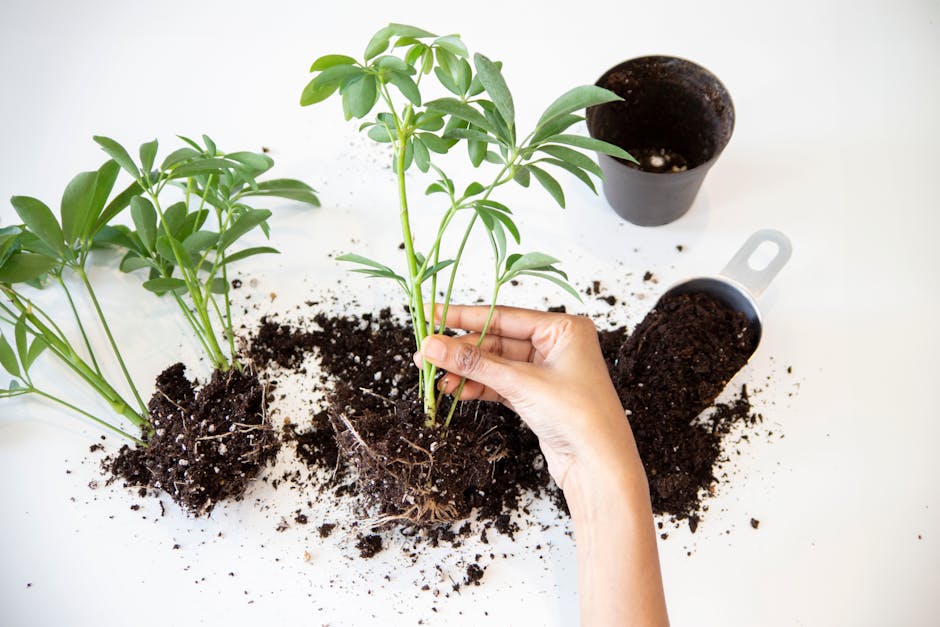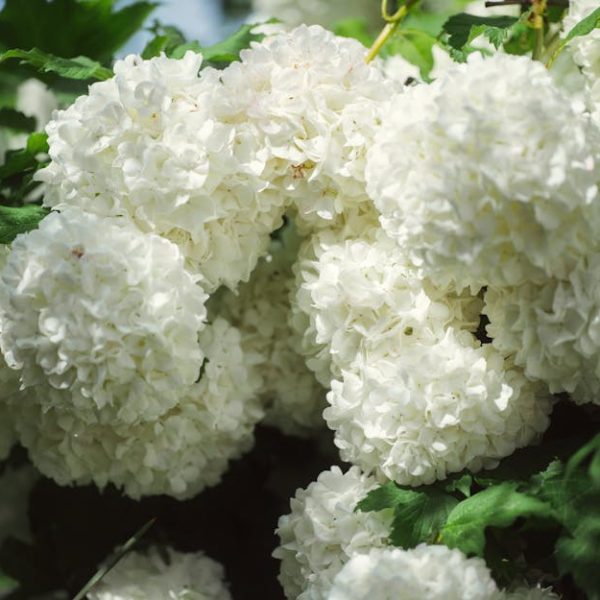There’s more to composting cow manure than simply letting it decompose. Done right, composting cow manure can result in a nutrient-rich supplement that enhances soil fertility and plant health. Utilizing resources that are often seen as waste, it’s sustainable gardening at its best. The trick lies in understanding the process and knowing the best practices to transform the raw material into a garden goldmine effectively.
Understanding the Importance of Composting Cow Manure
Cow manure, unassuming as it appears, is a golden resource when it comes to organic farming or gardening. This dark, crumbly substance is essentially a balanced meal for plants. The magic lies in its rich composition of nitrogen, phosphorous, and potassium – the three primary nutrients that foster healthy plant growth.
- It acts as Soil Conditioner: Beyond nutrient provision, composted cow manure works wonders for your soil structure, making it easier for plants to take root. If you have clay or sandy soil that’s hard to work with, adding compost will drastically improve its texture and porosity, making it easier for roots to grow.
- Reduces Waste: By composting cow manure, you are engaging in a practice that supports environmental sustainability. This practice reduces waste in landfills, decreases the demand for synthetic fertilizers, and promotes a circular economy.
Guidelines for Preparing Cow Manure for composting
Getting started with composting cow manure requires a bit of initial preparation but involves relatively simple steps. First things first, separate the manure from other material like straw or bedding which could disrupt the composting balance.
- Set up a Compost Pile: A compost pile or bin is where the transformation happens. The size can vary based on your needs, but piling it to at least 3 feet high will ensure sufficient heat generation for decomposition.
- Turn Frequently: Turning or aerating your pile is critical to supply oxygen to the compost, accelerating the process. Using a pitchfork or compost aerator, turn the pile every few weeks.
- Maintain Proper Moisture: A compost pile should be as damp as a wrung-out sponge. If it’s too dry, decomposition slows down; too wet, and it could get smelly.
Remember, composting cow manure is more an art than science. Be patient as nature does its work and rest assured, the rewards would be well worth the wait.
Ideal Conditions for Composting Cow Manure
Composting cow manure is not merely a matter of throwing it into a bin and waiting. A careful combination of conditions is needed to break down manure into nutrient-rich compost effectively.
- Temperature: The compost pile should ideally sit at a temperature between 130 – 150 degrees Fahrenheit to expedite the decomposition process and kill weeds seeds and pathogens. Don’t worry; you don’t need a thermometer for this. If your pile is steaming on a cold morning, that’s a good enough sign.
- Moisture: Your compost pile should be as moist as a wrung-out sponge; it should glisten a bit when you inspect it:
- Air: Oxygen is a key component in decomposition. Make sure you turn your compost pile every couple of weeks to aerate it.
- Balance: Achieving the right balance between carbon and nitrogen content is crucial. Add things like leaves, wood chips, or straw to provide carbon and balance the nitrogen in the manure.
Monitoring the Composting Process
Staying attentive to your compost pile’s condition is necessary to ensure an optimum composting process.
- Heat: Monitor the heat of your compost pile. If it’s not getting hot, you might need to turn it more often or adjust the moisture.
- Consistency and Odor: Your compost pile should have an earthy smell. If it stinks, it’s likely too wet or compact, hindering the access of oxygen.
- Troubleshooting: If you notice problems like bad odors, slow composting process, or white fungi, don’t fret. These are common issues that can be addressed by adjusting the temperature, moisture, or by adding more carbon-rich materials.
Knowing When Compost is Ready & How to Use It
Patience is key in composting. But how do you tell that your compost is fully mature and ready for use? Look out for these signs:
- Color & Smell: Mature compost will be dark, crumbly with an earthy smell. If it still smells like manure, give it more time.
- Temperature: If the temperature of your compost pile has cooled down to the ambient temperature, this is a good sign that the composting process is complete.
- Consistency: You shouldn’t be able to recognize the original materials. They should have broken down completely.
| Plant Types | Pros | Cons |
|---|---|---|
| Vegetables | Rich in nutrients that support vegetable growth | Can burn plant roots if over-applied |
| Flowers | Helps improve soil structure and boost plant health | Can be too strong for delicate flowers |
| Trees | Great for improving soil at the base of the tree | Over-application can lead to excessive growth and weaker trees |
Now that you have a nutrient-rich, homemade supplement, you’re ready to greenify your garden like never before. Start composting today and make your contribution towards a greener, healthier planet.
Key Takeaway:
- Cow manure is an excellent resource for composting due to its nutrient-rich composition, which improves soil fertility and plant health.
- Proper preparation, including separating the manure from bedding, creating a compost pile, and regular turning, are key to optimizing the composting process.
- The composting process requires an ideal balance of conditions: temperature, moisture, air, and a good balance of carbon and nitrogen-content materials.
- Maintaining and monitoring compost conditions, and troubleshooting common issues, are necessary steps to ensure successful composting.
- Recognizing when compost is ready for use involves assessing its temperature, consistency, color, and smell. Composted cow manure can be used in various gardening and farming contexts, but with caution to avoid potential harms.
Remember, composting cow manure is more of an art than a science. It’s a process that involves time, patience, and appreciation of nature working its magic to convert waste into a nutrient-packed resource. Embracing composting is a wonderful step toward sustainable gardening and farming practices, taking us a step further in our journey towards a healthier, greener planet.
FAQs
Q: How long does it take to compost cow manure?
A: The composting process can vary, typically lasting from 2 to 6 months. The duration depends on factors like the size of your compost pile, the materials you’ve added, and how often you turn the pile.
Q: Can I use fresh cow manure for my plants?
A: It’s generally recommended to compost cow manure before using it for plants. Fresh or raw manure can contain weed seeds and pathogens, which can be harmful to your plants. Composting helps eliminate these issues.
Q: How should I store composted cow manure?
A: You can store composted cow manure in a cool, dry place away from direct sunlight. It’s also good practice to cover it with a tarp to prevent it from being overrun by insects or soaked by rain.
Q: Does composted cow manure smell bad?
A: If composted correctly, cow manure should not smell bad. It should have a rich, earthy smell. If your compost smells foul, it may be too wet or lacking in oxygen.
Q: Can I compost cow manure in my backyard?
A: Yes, you can compost cow manure in your backyard. Just ensure that you maintain the pile properly to avoid any foul odors or pest issues.
We hope you found this article insightful and useful. Feel free to share this article to help more people learn about responsible and sustainable composting practices. Be sure to explore more of our posts for more gardening and farming tips and insights.






